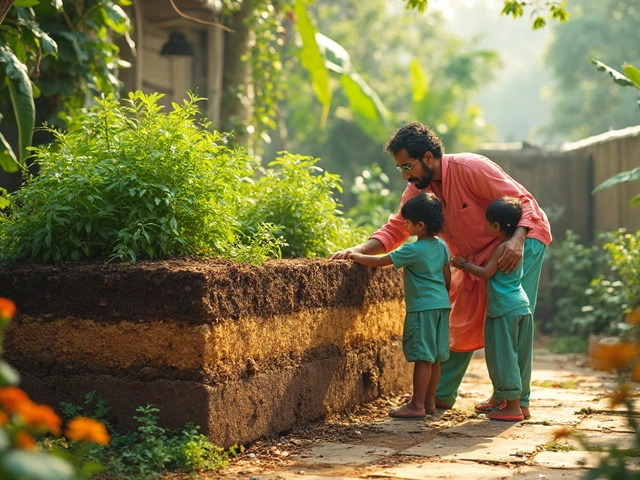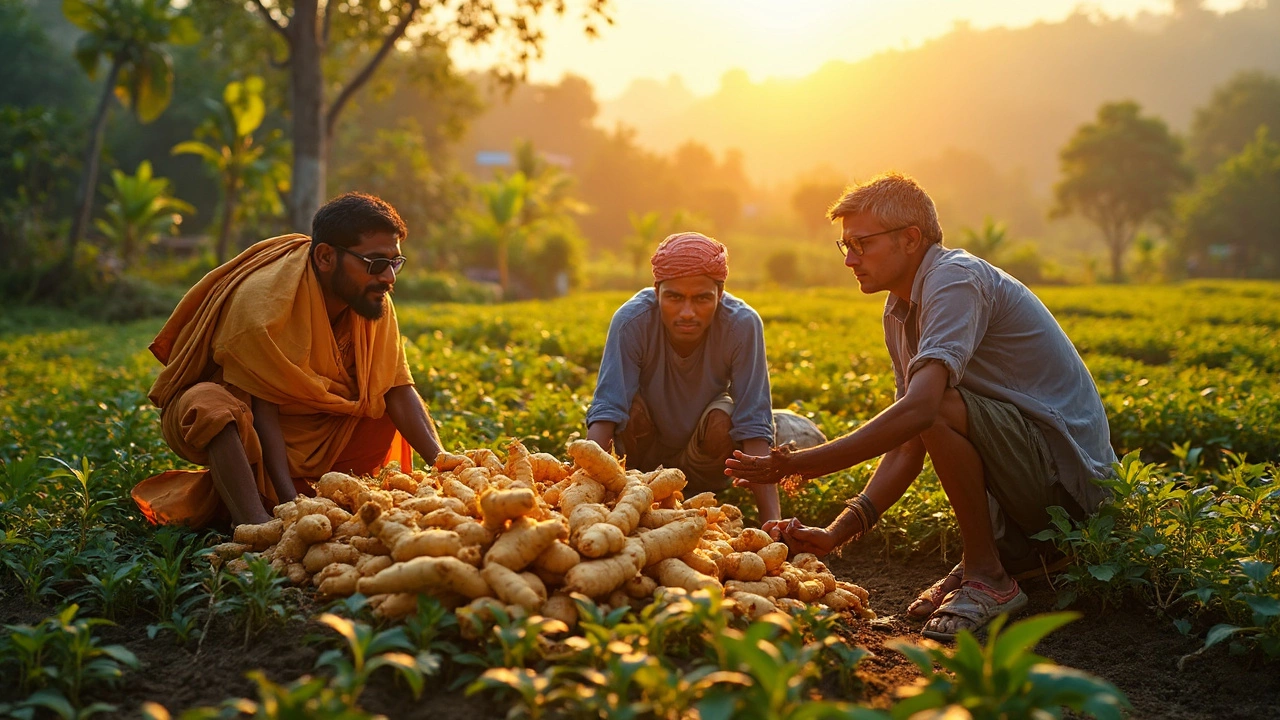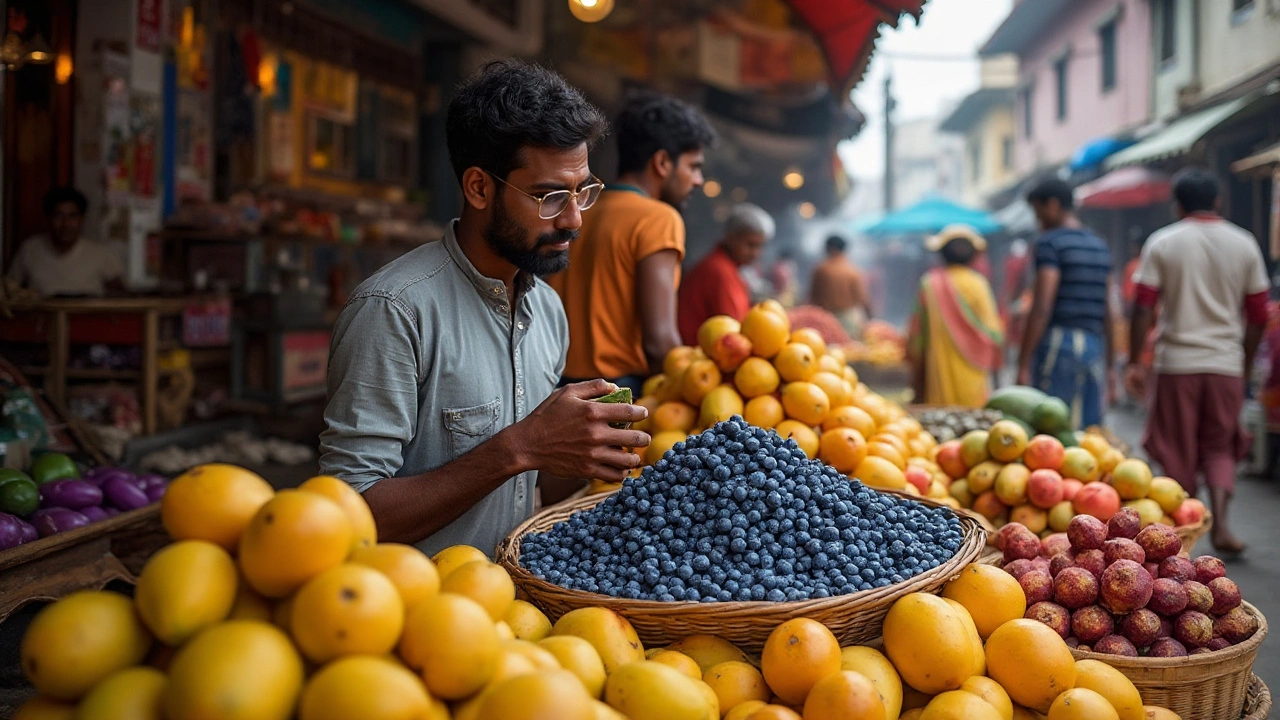Indian Agriculture: Essential Tips & Trends for Farmers and Gardeners
India’s farming scene is huge, but it can feel overwhelming when you’re trying to boost yields or start a new garden. The good news? A handful of proven methods can make a massive difference. Below you’ll find straight‑forward advice you can apply today, whether you’re managing a paddy field, a broccoli plot, or a balcony garden.
Boosting Yields with Modern Irrigation
Water is the lifeline of every Indian farm, yet traditional flood irrigation wastes gallons and costs a fortune. Drip irrigation solves that problem by delivering water directly to the root zone. The key is burying the drip lines at the right depth—usually 2–3 inches for shallow soils and up to 4 inches for heavier, clay‑rich plots. Too shallow and the tubes get damaged; too deep and the water takes longer to reach the roots.
If you’re unsure whether to use drip tape or drip line, think of tape as a flat, lightweight option for row crops like cotton or wheat, while drip line works better for orchards and vegetable beds. Both systems save up to 60% more water than flood methods, but tape is generally cheaper to install. To cut costs further, source locally‑made emitters and reuse old tubing after a quick clean.
Crop‑Specific Strategies: Rice, Broccoli and More
Rice thrives in deep, loamy soils that hold water without becoming hard‑pan. Before you transplant, test the pH—aim for 5.5 to 6.5. Adding organic matter improves drainage and reduces the risk of lodging (when stems fall over). Keep an eye on the weather; sudden heat spikes can stall grain filling, so a timely supplemental irrigation can save 10‑15% of your yield.
Broccoli is a lucrative cash crop in northern Indian states, but profit hinges on planting density and pest management. Space seedlings 45 cm apart and use a row spacing of 60 cm for optimal airflow. Rotate broccoli with legumes to break pest cycles and boost soil nitrogen. Market price spikes in winter, so plan your harvest for November‑December to fetch the best rates.
For small‑scale growers, sustainable gardening practices add value without extra cost. Compost kitchen waste, use rainwater barrels, and plant native species that need less fertilizer. A simple mulching layer of dry leaves cuts evaporation by half and keeps weeds at bay.
Whether you’re a seasoned farmer or a city dweller with a balcony, the same principles apply: conserve water, choose the right soil mix, and match crops to local conditions. Start with one change—like installing a drip system or adding compost—and watch your garden respond.
Richest Plant in India: What's Worth Growing?
This article explores the top money-making plant in India, digging into which crop is truly the richest. Discover facts about why certain plants rake in more profits, when to plant them, and where they thrive best. Get insights into the seasonal cycle and how farmers choose what to grow. Learn some practical tips if you are considering investing or starting small. Find out why this plant has become a star in Indian agriculture.
Discovering the Queen of Vegetables in India: Brinjal
In Indian vegetable gardening, brinjal, also known as eggplant, holds a special place as the 'queen of vegetables.' Celebrated for its versatility, it can be transformed into various dishes across the country's diverse cuisines. Growing brinjal requires understanding its optimal conditions, including the right soil, sunlight, and watering techniques. This article dives into the cultivation process, fun facts, and tips to make the most of this fascinating vegetable garden staple.
Exploring the Steep Cost of Blueberries in India
Blueberries, though popular for their nutritional benefits, often come with a hefty price tag in India. This article delves into the reasons behind their high cost, explores challenges in domestic cultivation, and provides insights into global supply chains affecting their availability. It also offers tips for growing blueberries in Indian climates. With a growing demand for healthy foods, understanding these factors can help consumers and aspiring gardeners navigate the market.
About
Seasonal Plants, Vegetable Gardening, Gardening
Latest Posts
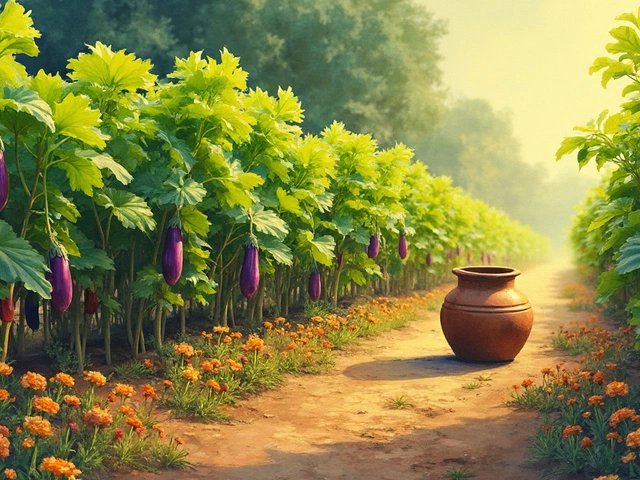

Balcony Decorating Ideas: Turn Your Small Outdoor Space into a Stylish Retreat
By Alden Thorne Oct 13, 2025

What Not to Put in Compost: Essential Guide for Safe and Healthy Homemade Composting
By Alden Thorne Jun 23, 2025
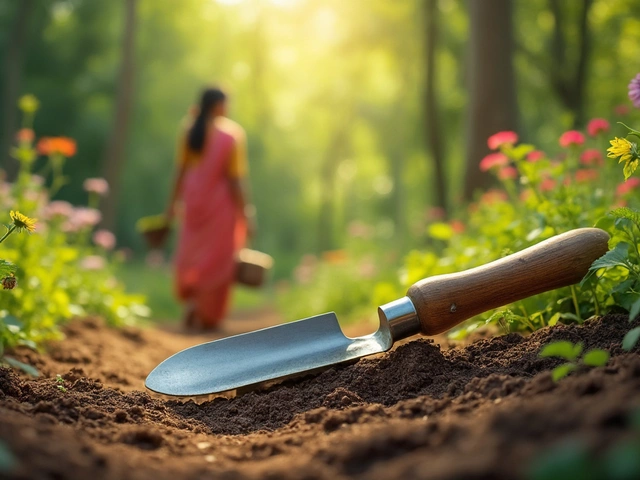
Discover the Most Crucial Gardening Tool for Success
By Alden Thorne Apr 14, 2025
